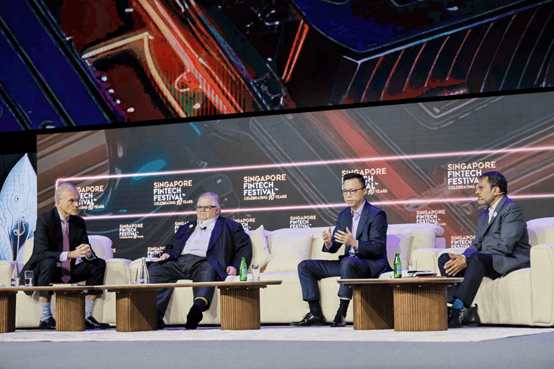

By Joe Galvin, Chief Research Officer at Vistage
In an ever changing social and economic landscape, the workforce will naturally pave the way for a new way of working. It’s up to business leaders to make sure organisations keep pace with evolving needs and expectations. This means employees hold genuine power when it comes to helping shape what the future of the work looks like.
As scary as the unknown it might be, business and executive level leadership will need to rip up the rule, and lead with a far more agile mindset this coming year. This is where Vistage comes in. Business owners often carry the burden of having to know all of the answers. But with a peer mentorship programme they can put any issue on the table for their peers to tackle with them together. No topic is off-limits. Essentially if you’re willing to talk candidly about the decisions you face, fellow members will rally around you, listen, ask tough questions and bring to bear every resource they have to help you tackle new obstacles as and when they appear.
A significant part of any role leading an organisation is considering how different social, technological, economic and environmental factors can influence your company’s direction and growth.
Embracing these trends and aligning them with your company’s goals and objectives can help you continue to innovate – here are three to watch out for in 2023:
Say Hello to the Workplace 180
A company’s ability to provide flexibility has become an integral pillar in their employer value proposition. Rigid 9-5 hours and / or 5 day work weeks are long gone. Despite a few futile attempts from some organisations to go back to the ‘old ways’, flexible and hybrid working isn’t going away. According to a 2022 survey by the Office of National Statistics (ONS), 84% UK workers who had to work from home because of the coronavirus pandemic said they planned to carry out a mix of working at home and in their place of work in the future.
Leaders need to be comfortable with that idea in order to take on board employee preferences. Which begs the question: how can business leaders ensure employees are happy and productive in a hybrid setting for the long-term? The key is to focus on teamwork no matter if it’s in-person or virtual.
When in the office try to make use of everyone’s time for more collaborative work such as, company town halls or group brainstorms. One step ahead by implementing an open door policy so staff members know that there is always a safe space at the office for open dialogue and honest dialogue with senior managers at any time of day.
Become An ‘Employer Brand’
I’m sure we all can think of brand that would be amazing to work for, and others that would be nothing short of a nightmare. Or in simple terms a good and bad ‘employer brand’. As businesses across the UK and Ireland continue to battle various employment challenges – such as skill shortages – it’s important to invest time into developing the perfect employer brand to attract the right talent.
A strong employer brand will amplify an organisation’s values, policies and priorities. This will relate to ethical standards as well as business standards that you should consistently work to uphold.
Not only is this vital to convey a positive employer brand during the recruitment process, but it is equally important for your long-term employees. At the end of the day, worthwhile talent will not leave just any company; they’ll assess their options and look for an employer with a brand they can identify with and trust.
Rethink Resourcing
As economic pressures remain at the forefront of everyone’s mind, businesses need to rethink how to best recourse for success. AI will play a key role in almost every sector and function of small and medium sized businesses. Employees are already increasingly leaning on digital tools and technological advances that can support the important work they do.
One of the most ubiquitous trends in 2023 for SMBs will be the adoption of AI as a service. Transformative and generative AI applications are now accessible via monthly subscriptions that can often be purchased at relatively low costs compared to the impact on overall productivity allowing staff to focus on more important tasks.
The combination of pandemic-induced economic crises, Russia’s invasion of Ukraine, supply chain disruptions, record-breaking inflation, food shortages, and fuel price hikes have been the impetus for a restructuring of the global economy. Leaders are going to have to step their game up, and follow the lead of their workforce in order to thrive.


